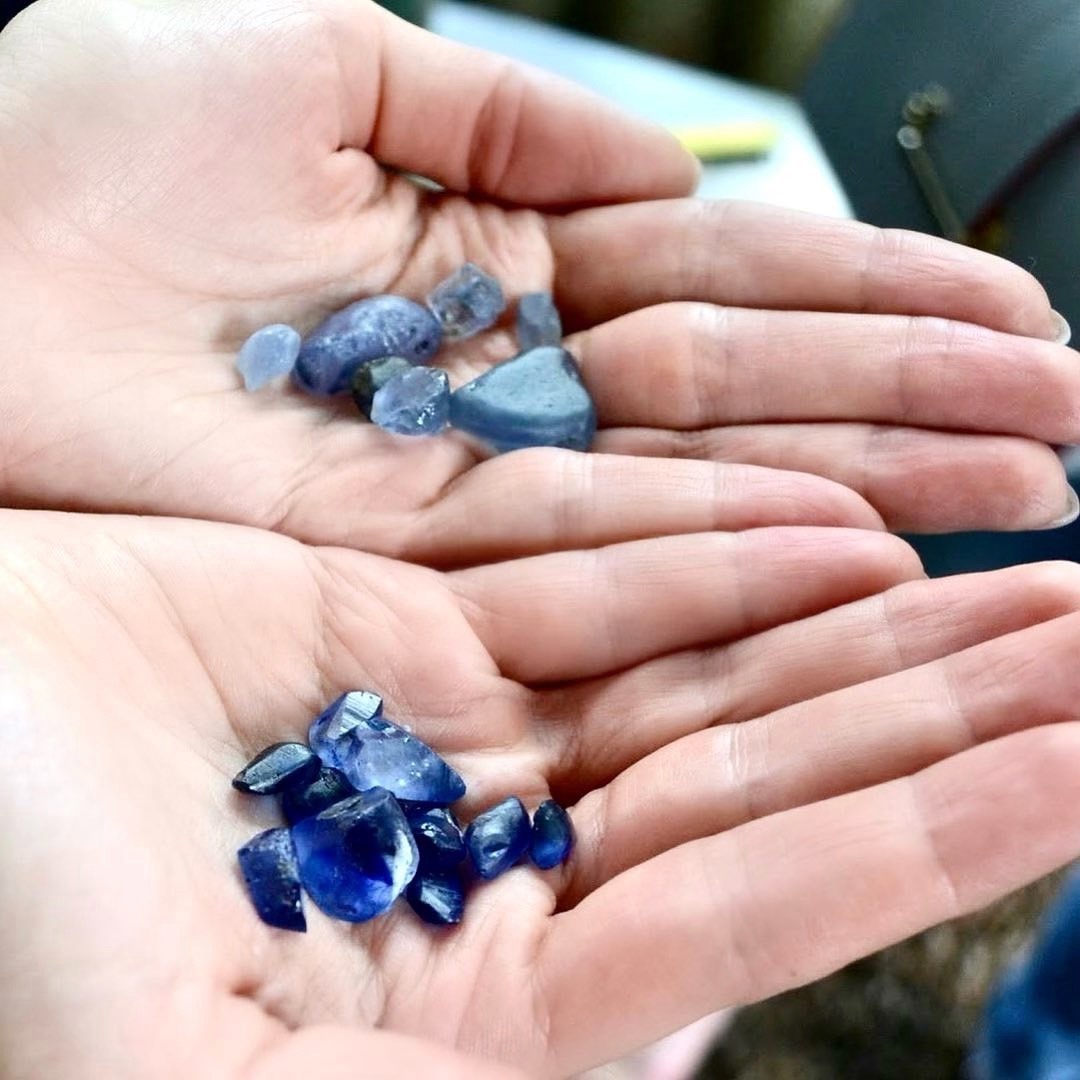



A problem worthy of Shakespeare: "To heat or not to heat? That is the question."
There are plenty different methods for improving sapphires, including diffusion treatment (it may be with titanium and beryllium), filling sapphires with different formulas (rarely used), but the most popular, ancient, and, most importantly, a process accepted by the market - is heat treatment, that is heating.
And this is the only method of refining of sapphires that we work with.
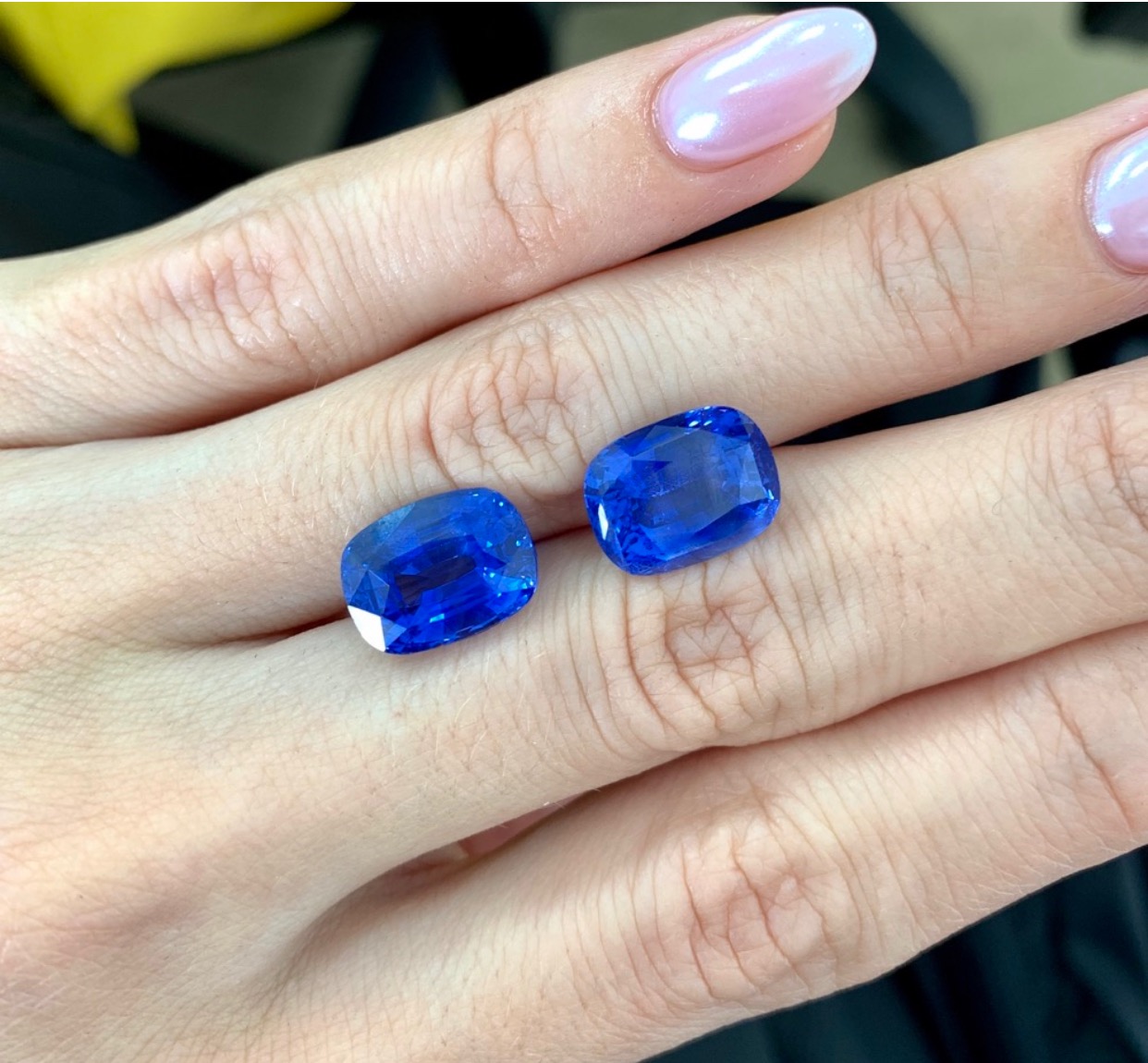
Let's start with the most important one:
🤓We recommend to buy both heated and unheated stones.
💙 When to buy a sapphire without any refining at all?
In order to choose exactly "your" ideal sapphire, you can give us a task - I want a sapphire of about such size, color and budget.
We will help you decide which stone is the best fit for you.
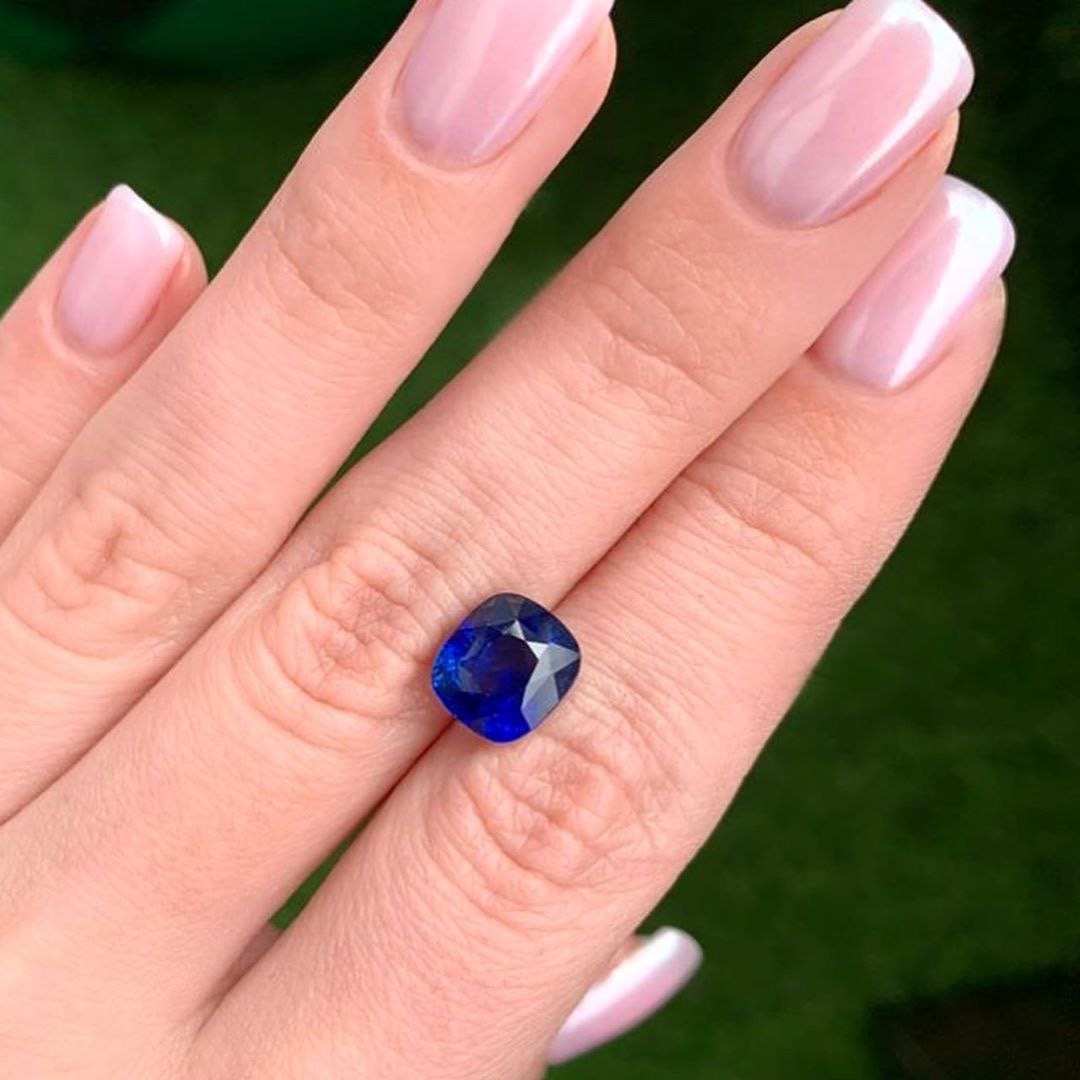
Why are the sapphires heated?
It is due to heating that it is possible to:
💙improve the color of the stone - lighten or on the contrary to add saturation
💙improve cleanness and transparency
In order to get the desired result, a sapphire must have a specific chemical composition.
Not all sapphires can be heated - if the stone doesn’t have necessary elements, then temperature won’t make it beautiful.
These elements hide inside the inclusions, then due to the temperature these inclusions dissolve, chemistry begins, there is a little bit of magic and the stone becomes more attractive in color.
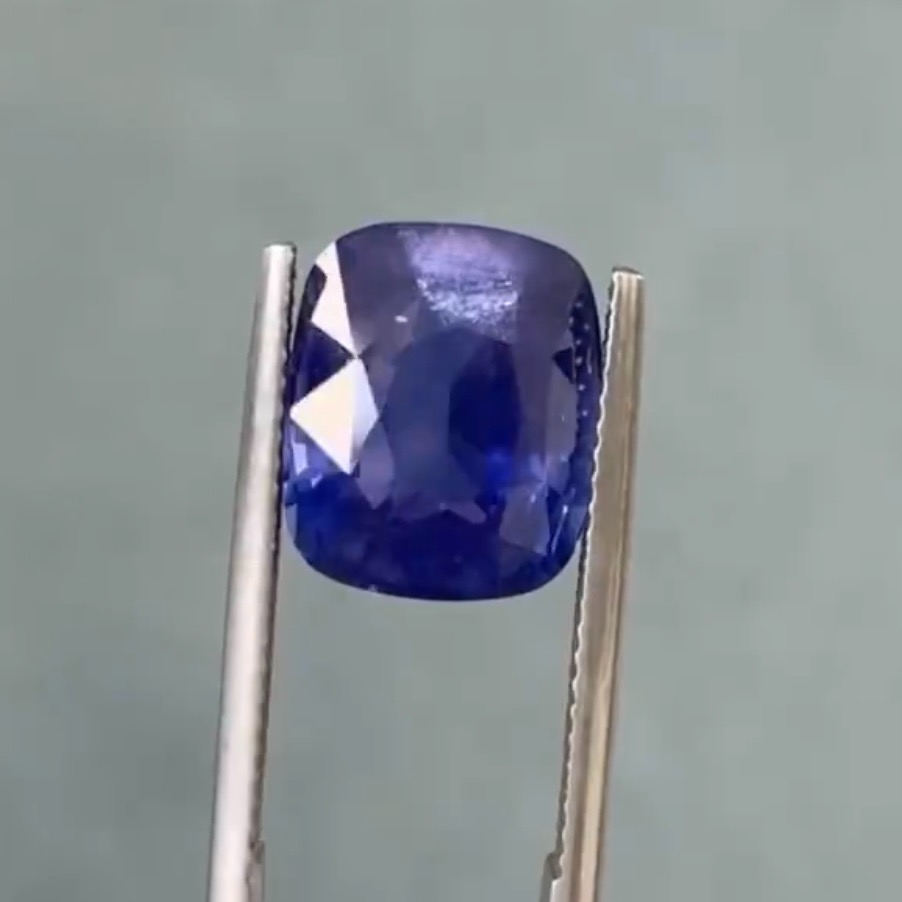
Stones with sizeable cracks and inclusions are also not exposed to heating - when heated, they can become bigger and destroy the stone.
In reality, heating is simply an improvement of the ingredients that are already there in the sapphire itself.
Consider the process of boiling an egg. No one adds anything in the egg, but after heating it completely changes its properties. Here we have almost the same thing, only it is sapphires this time.
In Sri Lanka, a heating specialist determines by eye which sapphires can be heated, and which cannot be, and, most importantly, for how long they can be heated.
Sometimes raw materials are heated, sometimes - already cut stones.
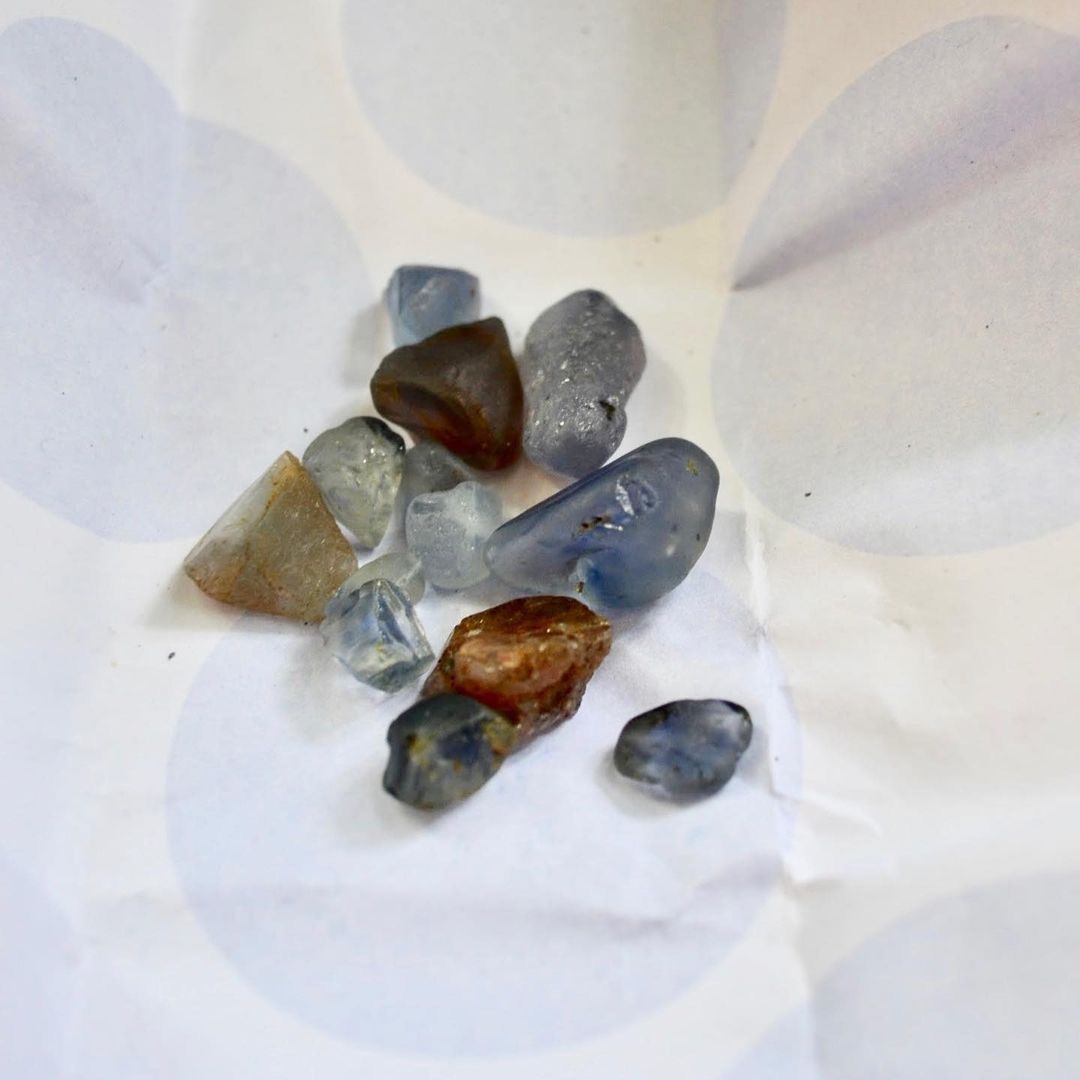
Heating can be high-temperature and low-temperature.
And there are only three heating methods:
💙 The first method- high-temperature - heating in real stoves (kiln). The stone is placed in a kind of "cocoon"(capsule) to ensure uniform heating, and put in a kiln at 1800 degrees for a couple of days. If the temperature is set higher, the stone will simply melt).
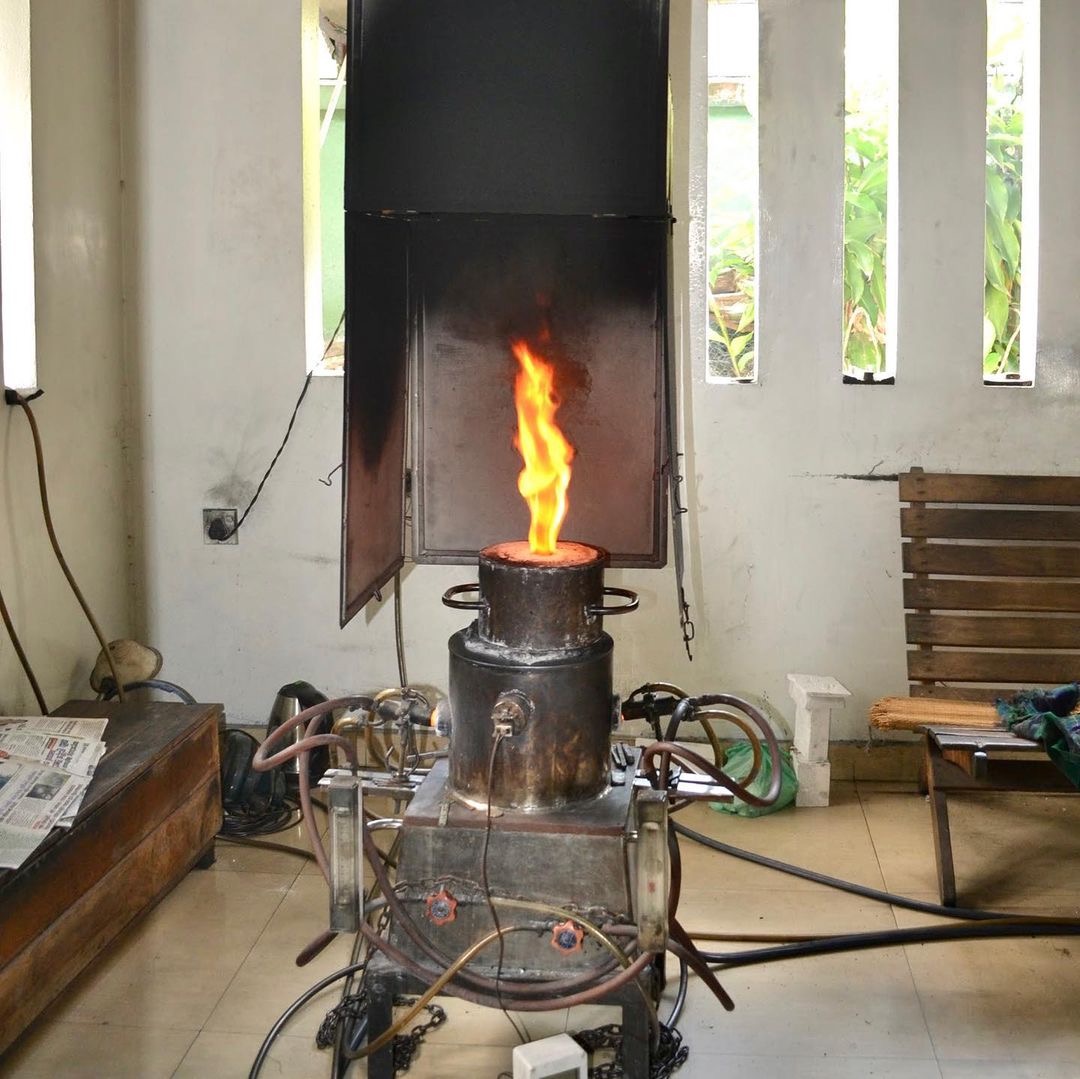
💙 The second method of high-temperature heating, which is found only in Sri Lanka, is electric heating. To do this, the stones are placed in the kiln for 2-4 months!
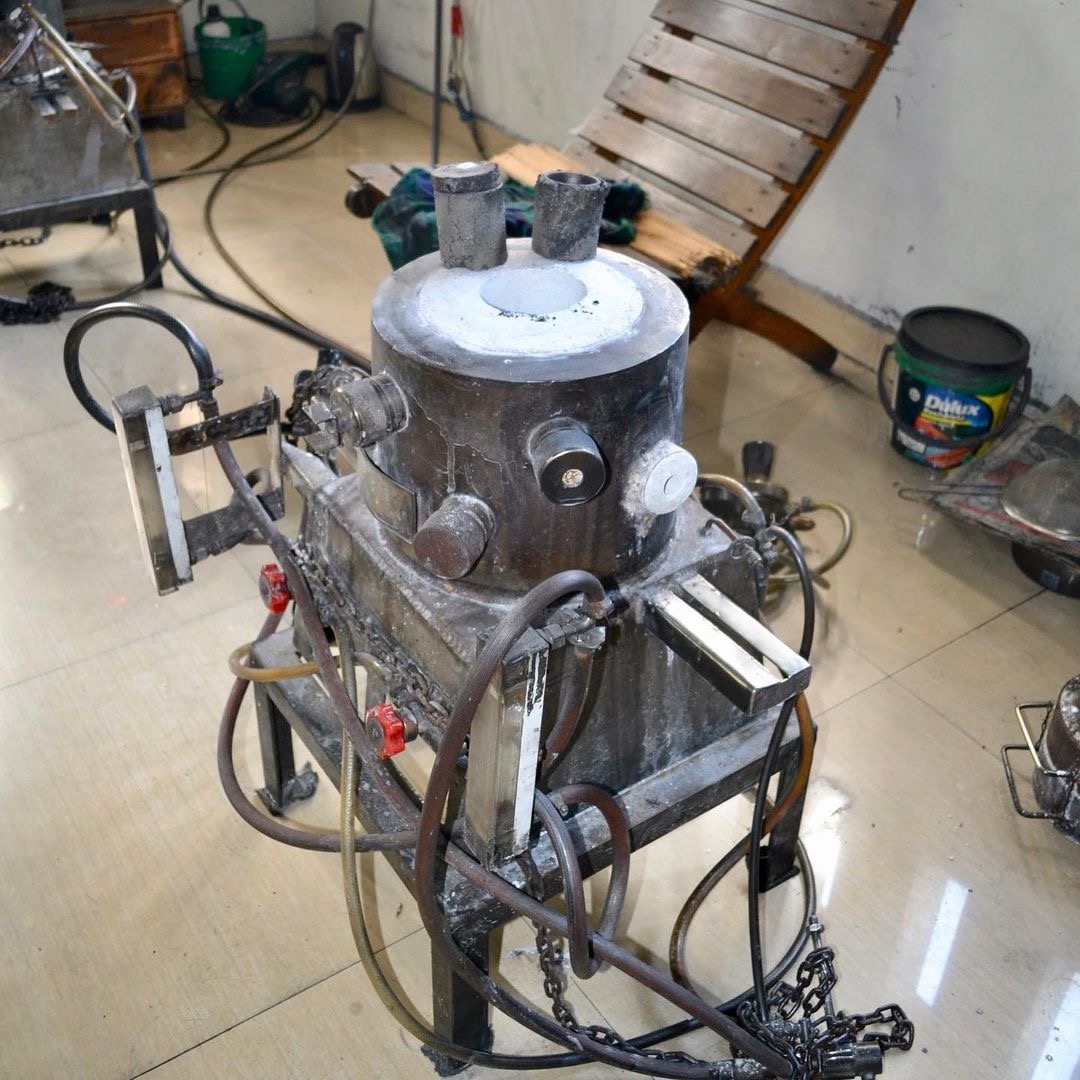
💙 And the third method of refining the sapphires - low-temperature treatment – this is that very method of refining that nowadays no laboratory can detect.
The master literally "blows" the stones with fire. Nobody measures the temperature during such heating, but it does not exceed 700-900 degrees.
He lights charcoal, places stones in it, and blows the fire through a special tube with the power of his lungs. In so doing, there are no such changes in the stone that can be seen in the laboratory, but at the same time, the color is slightly improved.
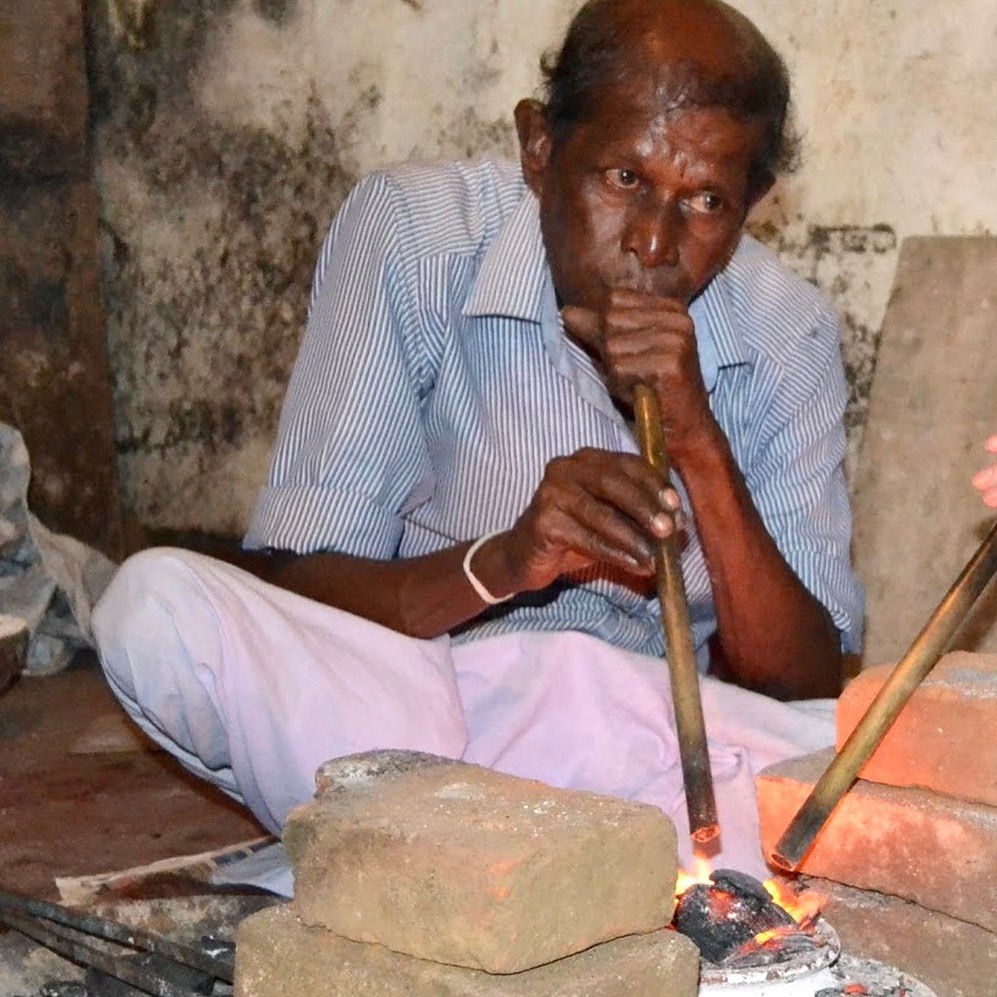
In this photo – a grandpa – a heating master of the 100th level- the star of the GIA reports - sits from morning till night and makes the stones of the customers ideal.
Most often, there is no visual difference between heated and unheated stones in any way, especially for a non-specialist.
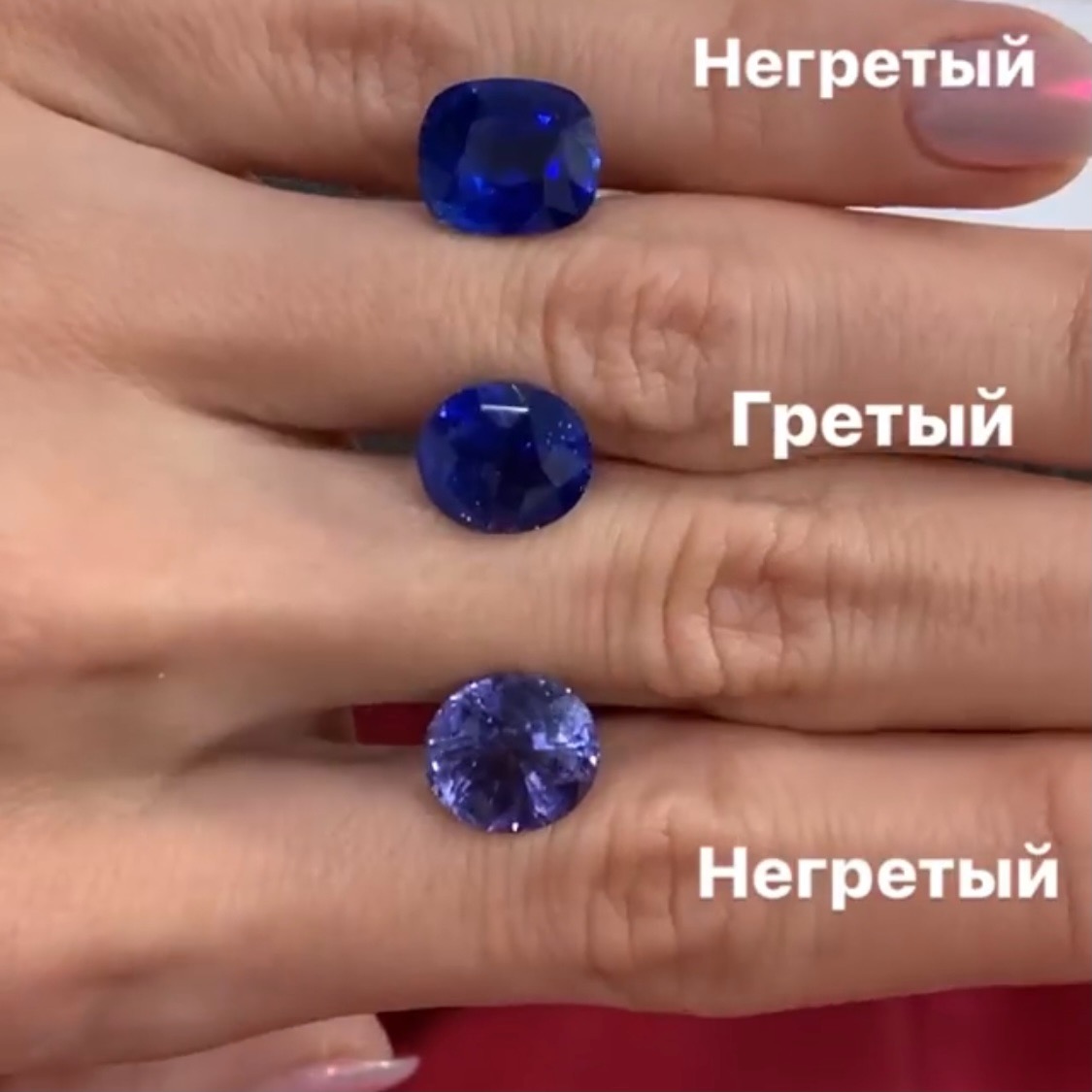
Sometimes a sapphire can even make professionals confused - whether it was treated or not.
And without additional laboratory tests, it is impossible to be detected.
https://www.instagram.com/p/COPjOhYhhWI/?igshid=161fskmn46m9i